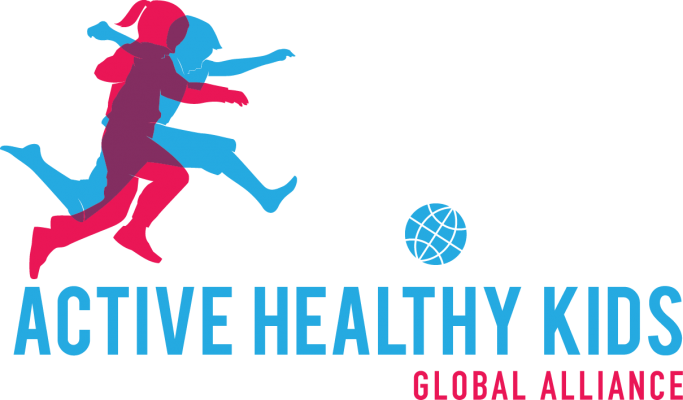About AHK Indonesia
AHK Indonesia is a non-profit organization established to show concern and concern over the increasing tendency for Indonesian children to be physically inactive.
This organization was built to bring together researchers, experts, and academics in sports, health and child growth to try to increase the index of movement needs of Indonesian children to increase and achieve a degree of health and fitness, in addition to encouraging children to be physically active in the midst of the symptoms of a sedentary life among Indonesian children and adolescents.
AHKI is encouraged to exist by the PGSD Physical Education Study Program http://pgsdpenjasfpok.upi.edu FPOK UPI www.upi.edu to raise the concerns of the government and various non-governmental institutions related to the health of Indonesian children, to share responsibility for increase the level of physical activity in all Indonesian youth.
A vehicle that AHKI uses to help raise awareness and drive for this change is the Report Card on Physical Activity for Children and Young People.
As it is known, active movement has become a basic standard for optimal growth, both physically, mentally, emotionally and socially, which is a basic need for children. But in reality, economic growth and development progress have eroded children’s rights to be active, because in addition to the disappearance of public spaces needed, academic demands in the field of education require too much time for children to study while being quiet and not moving. In the meantime, schools and the government have not compensated for this lack of movement with policies that compensate for this deficiency.
AHK Indonesia is affiliated with the International Active Healthy Kids Global Alliance (AHKGA), which was established as a network of researchers, health professionals and stakeholders working together to advance physical activity in children and adolescents from around the world. AHKGA in its work launches the Global Matrix, which is a standard set to measure the level of physical activity of children around the world by encouraging each member country to create a Report Card on several aspects that become indicators: namely: Overal Physical Activity, Organized Sport and Physical Activity, Active Play, Active Transportation, Sedentary Behavior, Family and Peers, Schools, Government, Community and Environment, and Physical Fitness.
After Global Matrix 1.0 was released, the principal investigators from the participating countries met to discuss its success and unanimously decided to cooperate, recruit additional countries and repeat the process in the future. This led to the planning of the Global 2.0 Matrix and the establishment of the AHKGA.

 indonesia
indonesia



